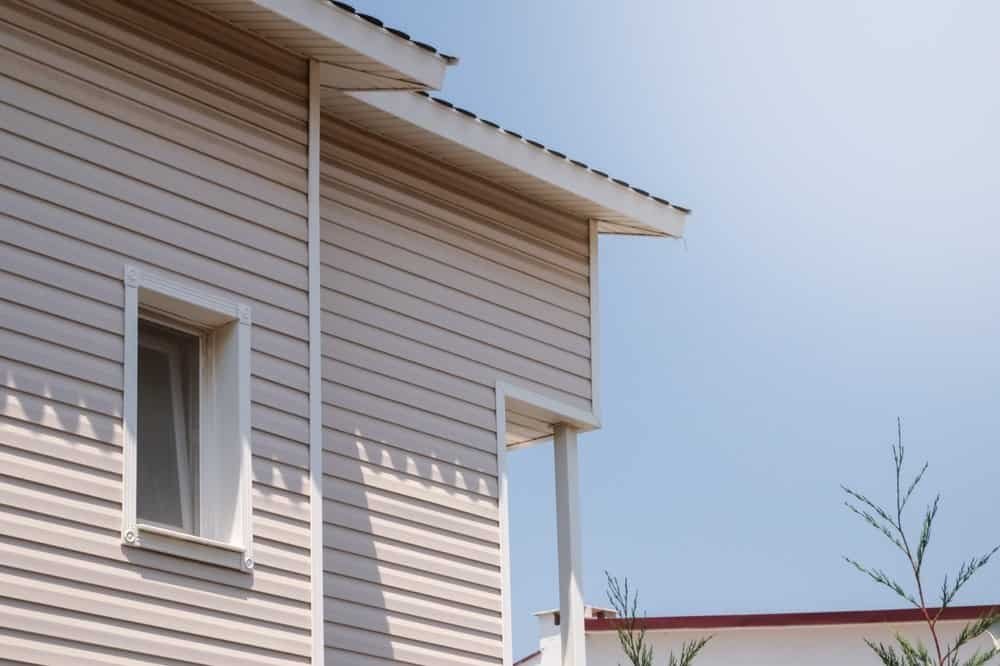Summary:
Choosing Sustainable Materials for Your Home Renovation
A major component of sustainable home remodeling involves selecting eco-friendly materials. Consider using reclaimed wood, salvaged from old structures, for flooring, beams, or accent walls – it adds character while diverting waste from landfills. Rapidly renewable resources like bamboo and cork make excellent flooring choices as they regenerate much faster than traditional hardwoods. Look for materials with recycled content, such as recycled glass countertops, tiles made from recycled materials, or insulation products like cellulose (made from recycled paper) or denim insulation. Additionally, opting for low-VOC (Volatile Organic Compound) paints, sealants, adhesives, and finishes significantly improves indoor air quality compared to conventional products.
Eco-Friendly Options for Roofing and Siding
Sustainability extends to the home’s exterior. When considering roofing replacement, options like metal roofing often contain recycled content and are highly durable, potentially lasting much longer than traditional asphalt shingles. Reflective or “cool roof” materials can help reduce cooling costs by reflecting sunlight. For siding, durable choices like fiber cement offer longevity, reducing the frequency of replacement, and some products incorporate recycled materials. Choosing exterior materials for Long Island’s weather conditions effectively also contributes to sustainability by minimizing repair and replacement.
Greener Approaches to Kitchen and Bathroom Remodeling
Specific rooms offer unique opportunities. During kitchen remodeling, prioritize Energy Star-rated appliances to reduce energy consumption. Look for cabinetry made from sustainably harvested wood (like FSC-certified) or materials free from added formaldehyde. Choose durable countertops made from recycled content or long-lasting, responsibly sourced materials. In bathroom remodeling, water conservation is key. Installing low-flow toilets, showerheads, and faucets significantly reduces water usage without sacrificing performance. Opting for tile made with recycled content is another way to make bathrooms greener.
Sustainable Practices Beyond Material Selection
You must also consider the renovation process. deconstruction, carefully dismantling parts of the home to salvage reusable materials (doors, windows, fixtures, lumber), is preferable to traditional demolition, which creates more waste. Implementing a waste management plan to recycle construction debris like wood, metal, drywall, and cardboard is essential. Furthermore, any home renovation, home addition, or basement finishing project is an opportunity to improve energy efficiency by upgrading insulation, sealing air leaks, and installing high-performance windows and doors. Water conservation strategies should also be integrated.
Understanding Specific Eco-Conscious Material Benefits
Bamboo and cork flooring come from rapidly regenerating plants, minimizing deforestation impacts. Recycled glass countertops divert waste from landfills and create unique surfaces. Low-VOC paints release significantly fewer harmful chemicals into your home’s air during and after application, contributing to a healthier indoor environment. Cellulose insulation, often made from recycled newspapers treated for fire resistance, offers thermal performance using post-consumer waste. Fiber cement siding translates to less frequent replacement, saving resources. Even smaller eco-upgrades, like swapping old light fixtures for LEDs or installing water-saving aerators (tasks sometimes handled by handyman services), contribute to overall sustainability.
Planning for Durability Equals Planning for Sustainability
An aspect of sustainable remodeling is emphasizing durability and longevity. Choosing high-quality materials and employing sound construction techniques results in renovations that last longer. This approach inherently conserves resources and reduces waste over the long term by minimizing the need for frequent repairs and replacements. For Nassau County homeowners, investing in durable solutions offers lasting value while aligning with sustainable principles.
Incorporating Sustainability into Your Nassau County Project
In conclusion, sustainable remodeling reveals a wealth of options for homeowners’ home remodeling process. From selecting materials like reclaimed wood, bamboo, recycled content products, and low-VOC finishes to practices like deconstruction, waste recycling, and prioritizing energy and water efficiency, these benefit the environment and can also lead to healthier indoor air quality and lower utility bills. Discuss your sustainability goals with your contractor early in the planning phase. Contact ISA Home Improvement II Corp today to get started on your Nassau County home renovation or home remodeling project.




